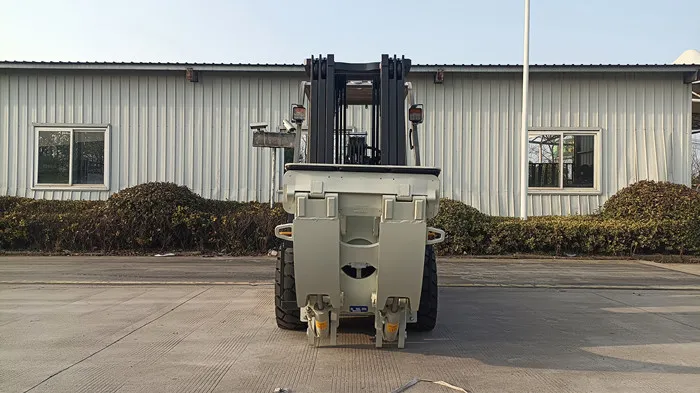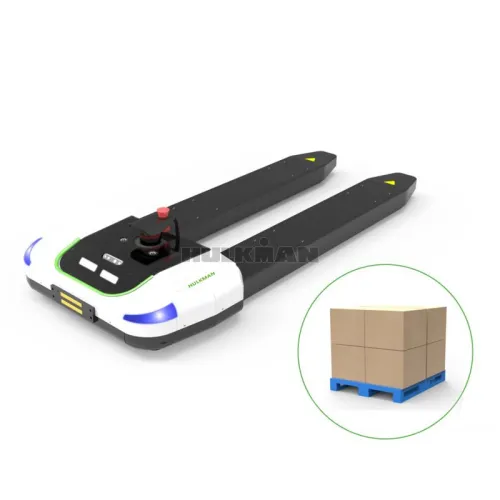Introduction
In today’s fast-paced industrial and commercial environments, Autonomous Mobile Robots (AMRs) are revolutionizing the way businesses handle material transport, logistics, and operational efficiency. These intelligent robots navigate complex environments independently, reducing labor costs and improving workflow productivity.
What Is an Autonomous Mobile Robot?
An Autonomous Mobile Robot is a self-guided machine equipped with sensors, cameras, and navigation software that allows it to move and operate without human intervention. Unlike traditional automated guided vehicles (AGVs), AMRs use advanced AI and mapping technologies to detect obstacles, plan routes, and adapt to dynamic environments in real-time.
Key Benefits of Autonomous Mobile Robots
-
Increased Efficiency: AMRs streamline material handling, reducing time spent on manual transportation tasks.
-
Flexible Deployment: Unlike fixed conveyor systems, AMRs can be reprogrammed or relocated easily to meet changing operational needs.
-
Safety Enhancements: Equipped with sensors and collision-avoidance technology, AMRs reduce workplace accidents.
-
Cost Savings: Lower labor requirements and optimized workflow lead to long-term operational savings.
-
Data Integration: Many AMRs can collect and transmit operational data to improve logistics planning and inventory management.
Common Applications
AMRs are widely adopted across industries:
-
Warehousing & Logistics: Picking, packing, and transporting goods efficiently within warehouses.
-
Manufacturing: Delivering components to assembly lines or moving finished products.
-
Healthcare: Transporting medications, linens, and equipment within hospitals.
-
Retail: Stock replenishment, order fulfillment, and inventory management.
-
Hospitality: Automated delivery of food and supplies in hotels and restaurants.
Why Businesses Are Adopting AMRs
AMRs offer a combination of intelligence, flexibility, and efficiency that traditional automation systems cannot match. They can seamlessly operate alongside human workers, adapt to changing layouts, and optimize processes without requiring extensive infrastructure changes.
Final Thoughts
For industries looking to boost productivity, reduce labor costs, and embrace smart automation, the HULK Autonomous Mobile Robot is an indispensable tool. By leveraging cutting-edge AI and autonomous navigation, businesses can achieve safer, faster, and more efficient operations, setting a new standard for modern automation.













